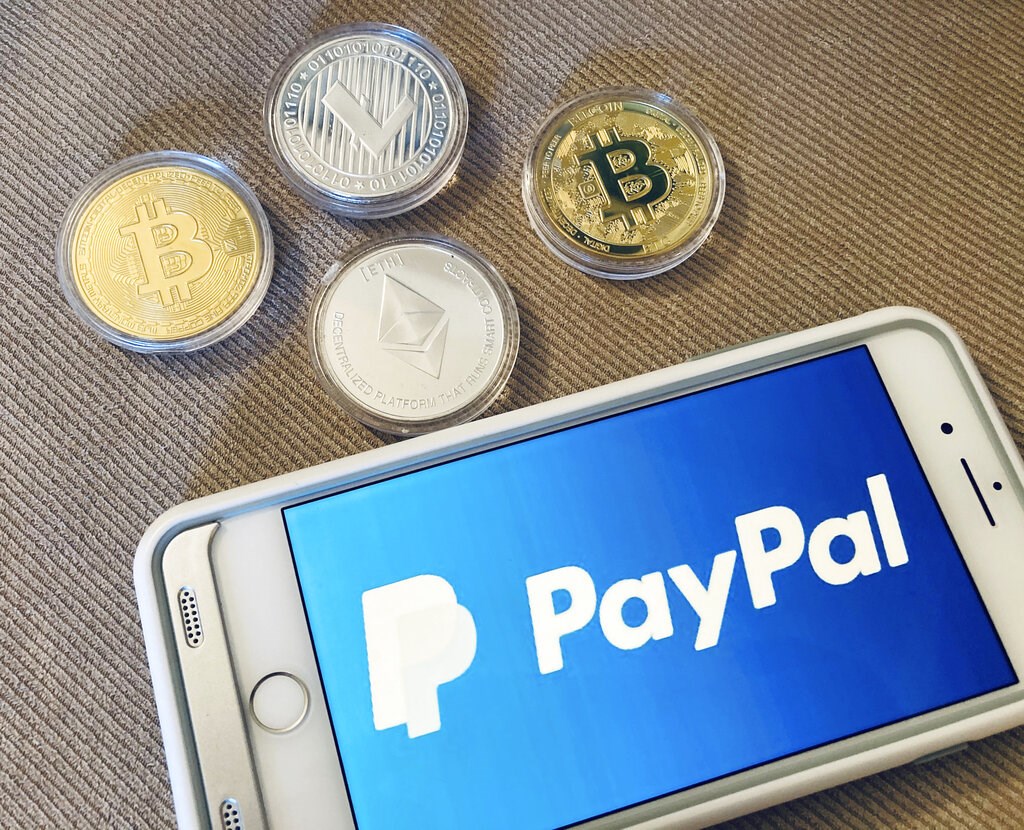
No Bond Bargains
Let's start with bonds. The 30-year Treasury bond currently yields 1.95%. Over the trailing 10 years, through Sept. 30, 2021, the Consumer Price Index appreciated an annualized 1.92%. Thus, if inflation over the next three decades were to match the past decade's rate, 30-year Treasury bond owners would realize this side of nothing. They own a parking spot, not an investment.
The standard counterargument is, yes, Treasury bonds are unappealing when looking backward, but the future is what counts. Clearly, Treasury investors expect that inflation will continue to decline, thereby earning them a comfortable real return. Except that is not what they believe. The 30-year break-even inflation rate, which measures investors' aggregate inflation forecasts by comparing yields on nominal and inflation-adjusted bonds (that is, Treasury Inflation-Protected Securities), exceeds 2.3%.
In other words, those who hold 30-year Treasuries expect to lose money, in real terms. No doubt, many would deny that claim, but such is the investment math. The numbers are easier to interpret with inflation-adjusted bonds. They sell at a premium, meaning that their buyers willingly accept receiving a return that cannot, by definition, keep pace with inflation. Better than a mattress, I suppose.
The news does not improve with lower-credit securities. The yield spread between BBB bonds and Treasuries is lower than at any time since the late 1990s. The same holds for junk bonds, save for a couple of brief occasions during the mid-2000s. For fixed-income investors, there is no refuge. Nominal bonds are dear; inflation-adjusted bonds are dear; junk bonds are dear. An upscale trifecta!
Typically, when Treasuries are popular, credit spreads widen, because investors seek safety. The reverse occurs when they become emboldened. This process ensures that, somewhere within the bond market, there is a relatively cheap pocket. For example, when tight credit spreads and rising stock prices prompted Federal Reserve Chairman Alan Greenspan to warn about "irrational exuberance," 30-year bonds paid 6%--comfortably above that era's inflation figures. Similarly, real Treasury yields during the height of the Roaring '20s were a fat 5%. No such luck this time around.
More Bad News
I need not elaborate about other investments. As measured by the Shiller Cyclically Adjusted Price/Earnings Ratio, the U.S. stock market is pricier than at any other moment in the past 150 years (now that's a long time), save for the start of the new millennium. Overseas, the price/earnings ratio for Vanguard Total International Stock Index (VGTSX) is at its highest in 20 years. Gold has dipped over the past year, but is otherwise at its high-water mark. And cryptocurrencies …
That makes this time different. It's fashionable to compare the current investment climate to that of the late '90s. During both periods, technology stocks roared, while brokerage firms attracted flocks of new customers. But in 1998, there were plenty of potential bargains. Not just Treasuries. Thousands of stocks also languished--secondary companies with modest price/earnings multiples, left behind by the Great Internet Rush. Few such securities now exist.
Thus, investors now face a novel decision. Previous bull markets forced them to either 1) join the crowd, accepting that the consensus had correctly identified future trends, or 2) retreat into solitude, by buying that which had become neglected. The latter approach came with no guarantee, but at least it offered the solace of low prices. Today, there is no analogous choice. Yes, some investments are cheap, for example energy stocks or emerging-markets debt, but they account for only a small part of the global financial markets. They cannot form the whole.
Reconsidering the Core
All of which has me pondering the long-standing investment framework of "core and explore." According to this approach, investors should regard their portfolios as comprising of two distinct parts. The larger portion, core assets, consists of the investment mainstream: 1) domestic equities; 2) high-grade U.S. bonds, and 3) blue-chip foreign stocks. Core assets are generic. The weightings among the three sections will vary, but within each section, the holdings are either indexed, or so well diversified as to trade much like an index.
In contrast, explore assets are idiosyncratic--house money. The portfolio's fate ultimately rests with its core assets. If they thrive over the long term, which presumably will occur, since mainstream investments have reliably appreciated over the past 75 years, then the portfolio will succeed. The role of the explore assets is therefore to make a good situation better. They exist either to provide higher returns, or to provide stronger protection against portfolio losses. (If you know of an investment that does both, feel free to email me your secret.)
My thought: With the return prospects of Treasury bonds (either conventional or inflation-adjusted) being so poor, perhaps one should switch Treasuries from the mental basket of "core" to that of "explore." After all, core assets exist to grow. If high-grade bonds can no longer accomplish that task, as seems to be the case, then perhaps they should be recategorized as explore assets. One of the two key roles for explore assets to hedge against portfolio losses. And high-grade bonds will certainly do that, should those losses come via a stock market decline.
Rather than replace the missing Treasuries with lower-quality bonds, which would effectively increase the portfolio's equity stake because such securities tend to move along with the stock market, I would instead consider cash. True, if Treasuries currently earn a flat to negative return, cash makes even less. But the difference with cash is that it won't lose money (at least not in nominal terms). It would be a holding place, until high-grade bond prospects brighten.
Exploring Even Further
My other mental adjustment has been to further refine the "explore" designation. For me, speculative securities now come in two flavors. The first is the traditional version, that being fast-growing companies with potentially bright but highly uncertain futures. The second, however, is a recent innovation: cryptocurrencies. Unlike speculative firms, which may eventually justify their purchases by growing their revenues and recording net profits, cryptocurrencies will never generate cash. The sole reason to own them is because somebody else will pay more.
Whether cryptocurrencies deserve to be considered as potential explore investments, or whether they are nothing more than legitimized forms of gambling, I leave for you to decide. (Whichever conclusion you reach, there will be prominent billionaires who agree with your position, and prominent ones who do not.) Nor may you wish to dump your Treasuries. All fair and reasonable. The purpose of this column is not to state what must be. It is instead to raise the possibility of adopting a new investment mindset, to address today's new investment world.












.png)









